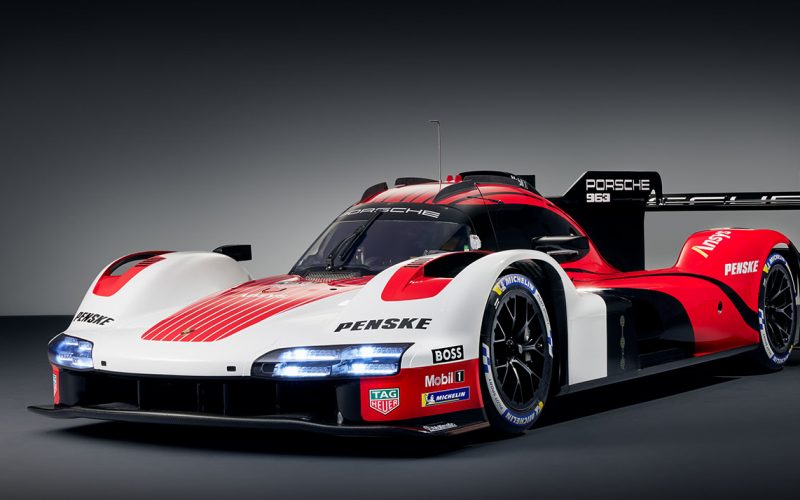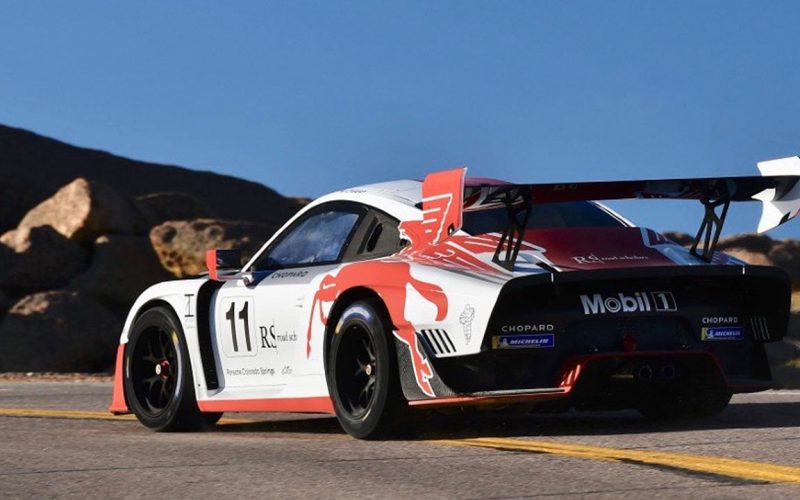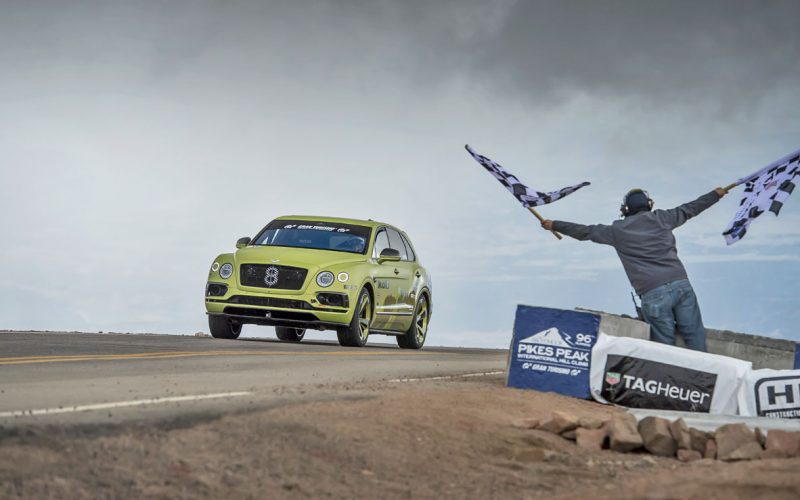
Reading Time: 3 minutesThe Goodwood Festival of Speed, based in Chichester, West Sussex, has become the U.K.’s must-go annual

Reading Time: 3 minutesJust in case you missed it, racing legend Jeff Zwart, already with 16 Pikes Peak hill

Reading Time: 6 minutesA significant coup for last month’s Canadian International Auto Show was the introduction of the new

Reading Time: 5 minutesAsk those in the know to name the best of the best in the super-luxury SUV
© 2025 The Car Magazine. All Rights Reserved, Privacy Policy | Terms of Use